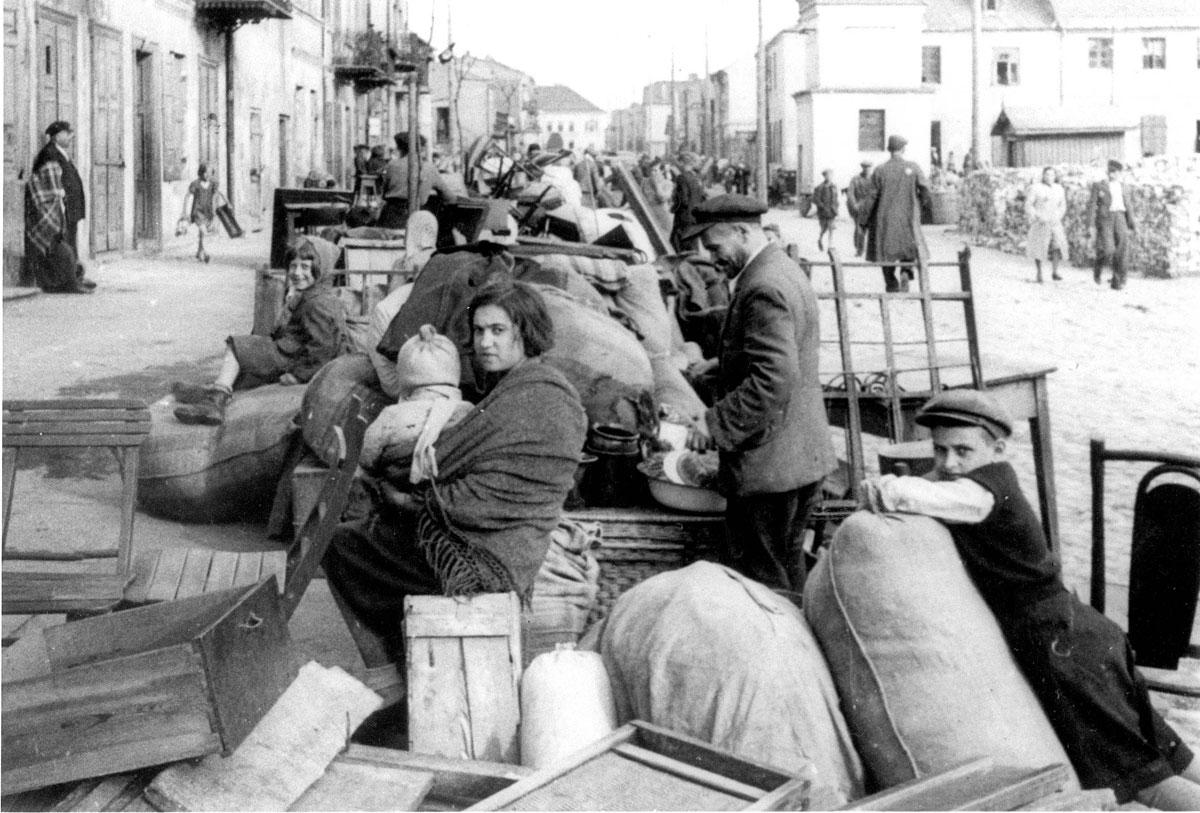Kutno, a city with a Jewish presence from the 15th century, was home to about 6,700 Jews on the eve of World War II, out of a total of 26,000 residents. Most of them were shopkeepers or had jobs in the clothing and food industries. The Jews maintained self-help organizations and artisans' unions, and all the Jewish political parties in Poland were active there. There were also several Jewish schools.
The Germans entered Kutno on 15 September 1939, and the Jews were immediately subjected to persecution, property looting and forced labor. The main synagogue was destroyed. A Judenrat was established, and made responsible for collecting taxes and organizing labor crews.
In June 1940, a ghetto was established in Kutno, and the Jews were given 24 hours to move there. Despite their guarantees, city officials did not provide enough wagons, and most of the Jews had to carry whatever they could manage into the ghetto, They were crammed into the grounds of the “Konstancja” sugar factory, several buildings of which had been bombed, with the result that many were forced make outdoor living arrangements, or resort to cellars and buildings unfit for habitation. Some 7,000 Jews were confined in the ghetto, 2,000 of whom were refugees from outside Kutno.
Despite the harsh living conditions, cultural life developed in the ghetto, including performances and a club where cultural evenings were held. There were seven cows in the ghetto, which supplied milk for the children and the sick, but the Jews suffered from severe malnutrition, and a typhus epidemic broke out in late 1940.
The Kutno ghetto was liquidated in the spring of 1942. All the members of the Judenrat and the ghetto police were shot to death in the local cemetery. The remaining inmates were deported to the Chelmno extermination camp. Just 213 Jews from Kutno survived the Holocaust.
Yad Vashem Photo Archives 5850/1







